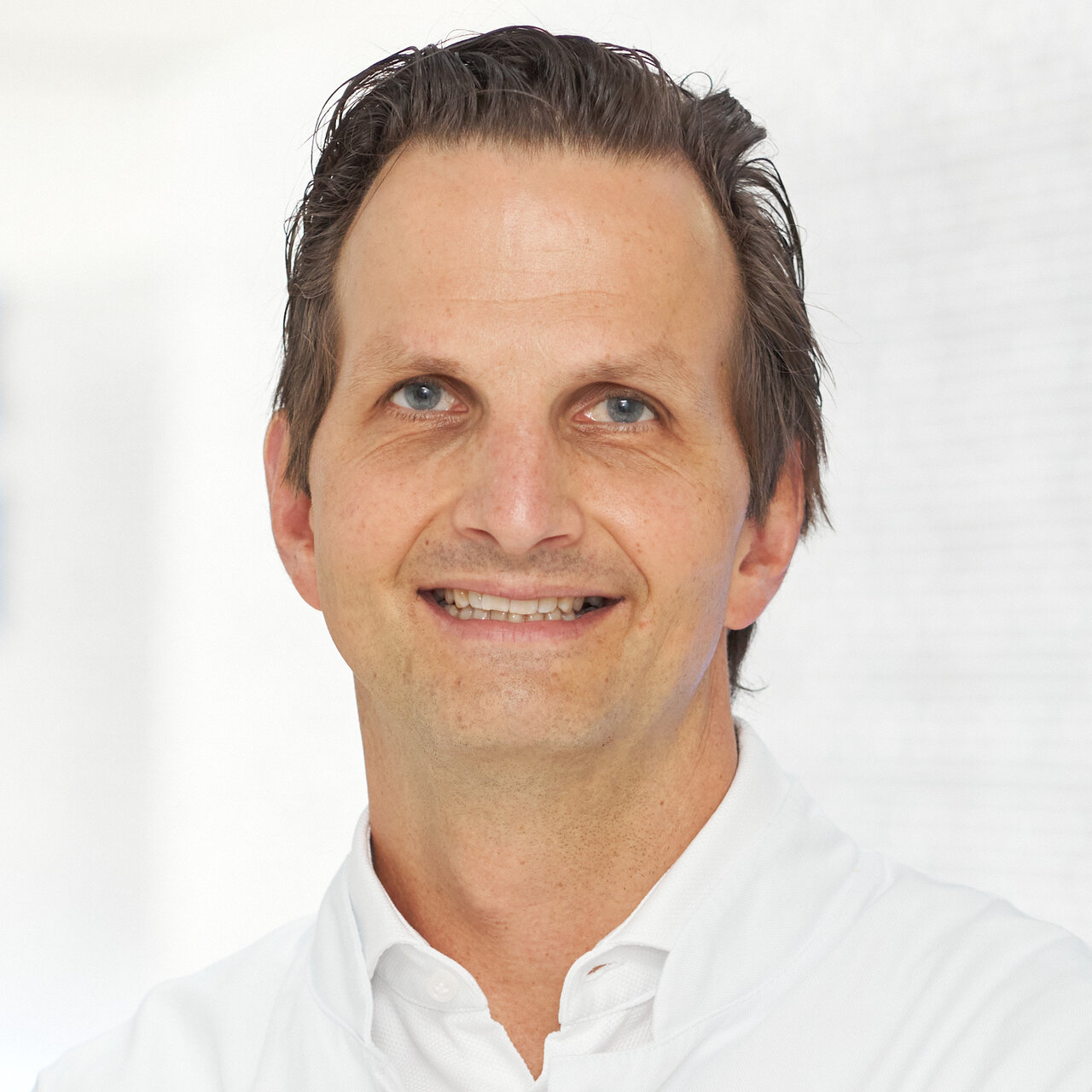Specialists in Defibrillator Implantation
6 Specialists found
Information About the Field of Defibrillator Implantation
The number one cause of death in developed countries is sudden cardiac death, 80% caused by ventricular fibrillation. In Germany alone, 100,000 - 200,000 people die from this heart disease every year. Therefore, it is essential and valuable to implant a defibrillator (AED) in some patients to prevent such an incident.
What Is an AED?
An AED is an implantable cardioverter defibrillator. It is a small device implanted under the skin when the heart beats too fast. Ideally, a heart rhythm that is too fast can be regulated by a well-dosed electric shock. Instead, the current pulse is delivered directly into the heart muscle via electrodes with an AED.
Since a heart that is too fast cannot be slowed down, an electric shock is delivered that stops all of the heart's electrical activity for a moment. After that, the heart usually starts beating again on its own at an average pace. Rapid (tachycardic) arrhythmias include ventricular fibrillation and ventricular tachycardia.
AED implantation is among the most effective forms of therapy to treat life-threatening supra-rapid heart rhythms. The primary goal of defibrillator implantation is to prolong life by preventing sudden cardiac death, and the secondary goal is to increase life quality.
What Is the Difference Between a Defibrillator and a Pacemaker?
A pacemaker is a device that constantly sends impulses to the heart to make it beat in the right rhythm. It is used for certain cardiac arrhythmias in which the heart beats too slowly. On the other hand, the defibrillator constantly watches over the heart in the background. It only intervenes in acute life-threatening situations if the heartbeat is too fast, such as ventricular fibrillation or ventricular tachycardia.
What Are the Indications for Defibrillator Implantation?
Patients who have already survived a cardiovascular arrest should be supplied with an implantable defibrillator as soon as possible. Patients with the following heart conditions may benefit from AED implantation:
- Patients after a heart attack
- Patients with narrowing of the coronary arteries (coronary heart disease)
- Patients with advanced cardiac insufficiency (heart failure)
- Patients with isolated congenital cardiac arrhythmia (e.g., long QT syndrome)
Which Examinations Are Necessary Before an AED Can Be Implanted?
A current resting and exercise ECG must be recorded from the patient. Furthermore, the condition of the coronary vessels and the electrical pathways of the heart must be recorded by cardiac catheterization.
What Is the Procedure for Defibrillator Surgery?
The defibrillator's implantation is usually performed via a short, minimally invasive procedure in the cardiac catheterization laboratory. During this procedure, patients are only undergoing mild anesthesia. First, under local anesthesia, a small skin incision is made in the upper left chest area, below the collarbone, under which the defibrillator device is later attached. Next, one or two electrodes (insulated, thin wires) are forwarded into the heart via the vein and then connected to the defibrillator.
After testing the important functions of the device, the defibrillator is slid under the skin and sutured in place. After the AED is implanted, patients are usually fit and allowed to get up immediately. After that, however, they must remain under inpatient monitoring for 48 hours.
What Are the Risks of AED Implantation?
AED implantation is a low-risk procedure. As with any surgery, complications may occur in individual cases. However, these are very rare. The following risks and complications may occur:
- Bleeding
- Pain
- Thrombosis
- Infections
What Do Patients with AEDs Have to Pay Attention to?
After a few weeks, patients can usually be normally active again. They receive a defibrillator card at the clinic, which they should always carry with them. This card provides information about the type and function of the implanted device. In the further course, checkups of the device must be carried out by a specialist approx. Every 3-6 months. During these checkups, all the important AED functions are tested, the physician carried out an ECG, and the patient is physically examined (including the scar of the AED) and questioned about their condition.
Sources:
Innere Medizin, Gerd Herold, 2014
Leitlinien: Implantation von Defibrillatioren, W. Jung, D. Andresen, M. Block, D. Böcker, Vorstand der Deutschen Gesellschaft für Kardiologie
http://www.medtronic.de/erkrankungen/tachykardie/eingriff/vorbereitung-ablauf/index.htm(11.09.2015)





